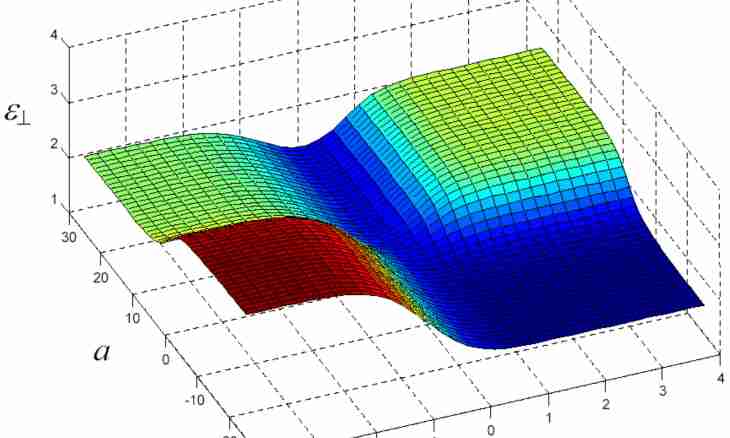Very large amount of substances which the person very often meets in everyday life belongs to dielectrics. It is very important to know their general properties and application conditions to respect the rules of safety.
Dielectrics or insulators are materials which do not carry current and separate one conductor from another. Both of these concepts belong to one class of materials, but have different origin and is used in various contexts. The concept "dielectric" is most often used in physics for designation of material which does not carry electric current. The insulator is means for isolation something from other environment. Insulators in the equipment just are also dielectrics.
The plastic covering on an electric cord is dielectric. The glass or ceramic plates used for support of power lines and protecting them from short circuit on the earth are also dielectrics. It is a lot of nonmetallic substances which are applied in various devices, treat dielectrics.
The difference between metal and dielectric is that the first has free carriers of a charge. At influence of the electromagnetic field these carriers, or electrons, begin to move and by that to transfer energy. Dielectrics have no free electrons. Moreover, at substances of this kind the lack of free particles is often observed, as does them by ideal insulators. The dielectric permeability belongs to one of the most important properties of dielectrics. For natural materials it is various and can fluctuate from one yes hundred thousand Farads on meter. The more the dielectric permeability, the bigger current can isolate this dielectric. Recently new types of substances which have dielectric permeability in tens and hundreds times more, than natural materials began to be applied to production of insulators. Isotropic dielectrics are called substances which permeability does not depend on thickness of a layer of material or the direction of course of electric current. Isolation will protect absolutely equally from defeat by electric current at its various thickness: from millimeter to meter. The low dielectric permeability does such material improper for protection against currents of big tension. However, if rather small, then isolation it is possible to do the current passing on the conductor of such material. Their low cost and simplicity belong to advantages of isotropic dielectrics by production. Also such materials very easy and therefore are often applied to isolation in living conditions at the maximum voltage of 360 Volts.

